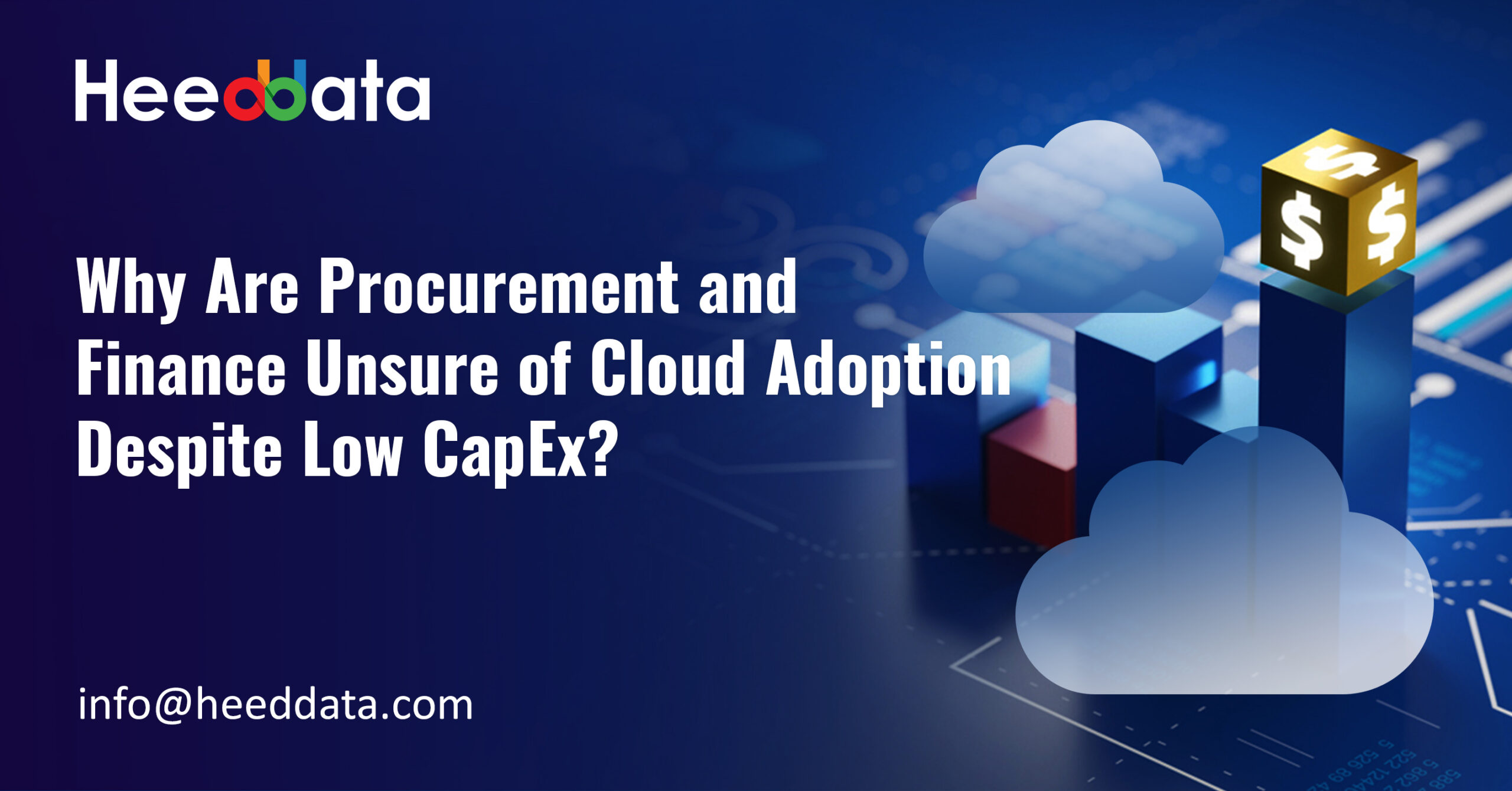With low CAPEX and the shift of purchasing power from procurement to engineering teams, cloud adoption introduced a challenge of unpredictability in the cloud bills, making the procurement and finance teams unhappy. Some may argue that the traditional process of procuring hardware was quite “sorted,” involving significant planning centered around procurement and finance teams. However, they also agree that making provisioning as easy as a press of a button for the engineering teams is also evolution in its bare form.
Therefore, the attention should rather be on addressing unpredictability. And to do that, organizations must adopt a FinOps framework that focuses on managing cloud service costs collaboratively between finance, operations, and engineering teams. With this, unpredictable cloud bills can see extinction. Meanwhile, and probably even more importantly, FinOps can bring about a cultural change in how resources are provisioned in the cloud. Let us get down to the four approaches that can help realize the objective at hand.
1. Establishing a Culture of Cost Awareness
FinOps encourages all team members to consider the cost implications of their cloud resource provisioning actions. This helps teams make more informed decisions about when and how to provision resources, ultimately leading to cost optimization and reduction.
2. Encouraging Collaboration Across Teams
FinOps promotes collaboration among various groups, including finance, operations, and engineering. By working together, teams can identify acres for cost optimization, implement cost-saving measures, and closely monitor and track costs to ensure efficient resource usage.

3. Implementing Cost Allocation and Transparency
FinOps practices involve implementing cost allocation and transparency measures. This helps teams understand the true cost of the cloud resources they are using, enabling them to identify areas for optimization and make informed decisions about resource provisioning.
3. Visibility on Current and Previous Period Costs
We are talking about rationalizing the whole process of leveraging the cloud – making it necessary to have tabs on the costs across periods at all times. Heeddata has that perspective embedded in itself. In other words, it requires zero number of clicks to access visibility on the current and previous period costs.
4. Utilizing Cloud Cost Management Tools
FinOps often includes using cloud cost management tools to monitor and manage cloud costs in real-time. These tools provide greater visibility into cloud usage, allowing teams to identify optimization opportunities and implement cost-saving strategies.
Long story short, by adopting FinOps practices, organizations can foster a culture of cost-consciousness and collaboration when provisioning cloud resources. This approach optimizes cloud usage, reduces costs, and enhances overall operation efficiency and agility.
Ready to take a demo of Heeddata? Please write to us:




